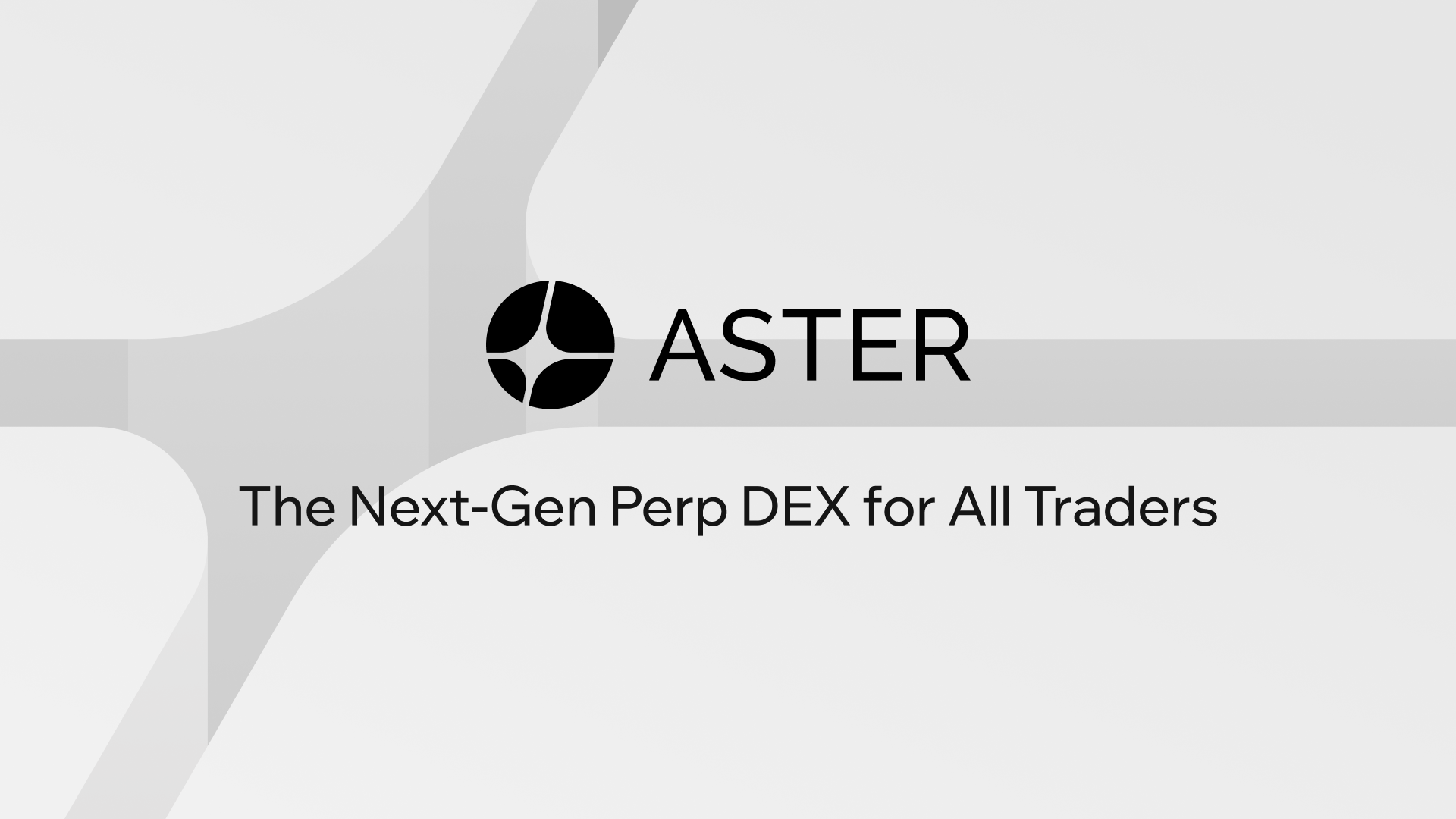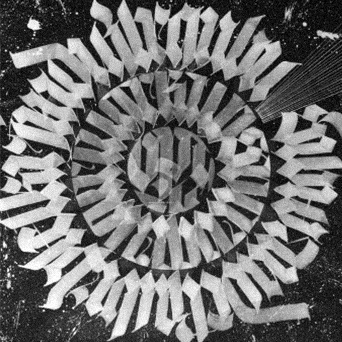Why Polkadot DEXs Are the Next Frontier for Yield Farmers (and How Smart Contracts Make or Break It)
Okay, so check this out—I’ve been watching DeFi on Polkadot for a minute now, and somethin’ struck me: the stories you hear are either about moonshots or ugly hacks. Whoa! The reality sits somewhere messy in between. My instinct said “go slow,” but curiosity kicked in and I dove deeper. Initially I thought all DEXs were basically the same across chains. Actually, wait—that was wrong. Polkadot’s architecture changes the playbook, and for yield farmers who care about low fees and composability, that matters a lot.
Short version: parachains + shared security + XCMP make new tooling possible. Seriously? Yes. But it isn’t automatic. Smart contract design and on-chain governance decide who wins. On one hand you get near-instant cross-chain swaps with tiny fees. On the other, a single contract flaw can wipe out liquidity pools in minutes. Hmm… that tension keeps me awake sometimes.
I’ve used a few DEXs on Polkadot and Kusama. Some are slick. Some are rough around the edges. One time I moved a stable pair and the gas cost was laughably low. Another time I watched a farming pool behave weirdly because of an oracle lag. That contrast taught me two big things: yield strategies must be protocol-aware, and you should respect smart contract risk like it’s a real person who might bail on payday.

What makes a decentralized exchange on Polkadot competitive?
Low fees are the headline. But listen—fees alone don’t win traders. UX matters. Liquidity depth matters. And the way the DEX handles smart contract interactions matters even more. On Polkadot, parachain validators and XCMP allow for efficient cross-chain liquidity routing. That means a DEX that leverages these layers can offer better price execution and lower slippage. I like that. Though actually, the devil’s in the implementation.
Here’s the thing. If a DEX uses modular smart contracts that are simple and well-audited, you tend to get predictable yields. If they layer in fancy incentives with complex reward logic, you might see higher APRs—until a compounding bug shows up. My gut says favor simplicity when you’re staking real capital. But I’m biased; I prefer systems I can reason about. Other traders chase yield aggressively. Both mindsets exist, and both have a place.
When I was evaluating new DEX launches I kept a checklist. Very practical stuff: audit reports (recent and by reputable firms), timeliness of oracle updates, admin key control (is it timelocked?), and on-chain upgrade mechanisms. Also: fee distribution mechanics and whether the protocol boots or taxes LPs for impermanent loss protection—some protocols add weird taxes that are very very unpopular.
Try the platform — a practical recommendation
If you want to see a working example that balances low fees with practical UX and a focus on security, check it out here. I’m not shilling; I’m pointing you to a spot I tested where routing felt snappy and the pools were sensible. Oh, and the docs were readable—rare win.
That link is a start. But don’t click and forget. Do your own checks. Read the smart contract audit (if available). Trial low-risk amounts first. Seriously, tiny tests save headaches.
Yield farming strategies on Polkadot often combine LP provisioning, auto-compounding vaults, and borrowing against LP tokens. Each layer introduces new contract interactions. More interactions = more attack surface. On some farms I’ve seen auto-compounders mis-handle reward tokens when token decimals change. Little things like that bite you when deployment assumptions shift.
On one hand, auto-compound vaults reduce manual work and can boost long-term returns via compounding. On the other hand, vaults centralize logic: if that contract gets exploited, all the deposits go with it. So I split risk across multiple vaults and pools. Not sexy. But effective. You’ll thank yourself later.
One more operational note: watch for administrative privileges. Some teams hold upgrade keys. Other protocols use time-locked multi-sigs. I prefer the latter. Why? Because upgrades happen, and when they’re decentralized and transparent, it’s less scary. When they’re opaque—well, that’s when doubt seeps in.
Smart contracts: auditing, design patterns, and red flags
Smart contract hygiene is where you separate durable projects from flash-in-the-pan launches. Look for immutable pools or at least clear governance upgrade paths. Check for reentrancy guards, safe math usage, and proper handling of ERC-20 quirks (or equivalent tokens on Polkadot). Hmm… oracles matter too. If price feeds lag, yield strategies misfire.
Common red flags: no audit, single-signer admin keys, opaque reward distribution, and overly complex tokenomics. If a team can’t explain token vesting simply, be skeptical. I once saw tokenomics described with a flowchart that needed its own flowchart. That part bugs me.
Counter-intuitive point: some well-audited contracts still fail operationally because teams misconfigure parameters after launch. Audits look at code, not admin choices. So read governance proposals. Watch early epoch changes. If a project quickly changes key parameters in the first weeks, that’s often a signal—sometimes good, sometimes sketchy. On balance, slow deliberate changes are better.
Frequently asked questions
How risky is yield farming on a new Polkadot DEX?
Risk varies. Smart contract bugs and economic exploits are the main threats. Start with small allocations, prefer audited contracts, and diversify across protocols. Also, track treasury reserves—teams with runway and transparent funding typically respond faster to incidents.
Can you really get lower fees on Polkadot compared to Ethereum L2s?
Yes. Polkadot’s fee model and parachain efficiencies often make swaps cheaper. But user experience and liquidity depth can offset fee advantages. If a pool has poor liquidity, high slippage kills the benefit of low nominal fees.
What are quick checks before staking in a pool?
Look for an audit, check admin key controls, review recent governance moves, test with a small deposit, and read community reports. If there are aggressive multipliers or sudden APR spikes, ask why—reward cliffing or inflationary mechanics may be hiding risk.
Alright—closing thought. I’m more optimistic now than I was a year ago. Polkadot’s tooling has matured. The composability is real. Yet the same naive optimism that built early yield farms can also blind teams to security basics. So be curious, be cautious, and keep learning. I’m not 100% sure about everything (who ever is?), but I prefer a steady approach: small bets, diversified strategies, and respect for the smart contract layer. It pays off.













